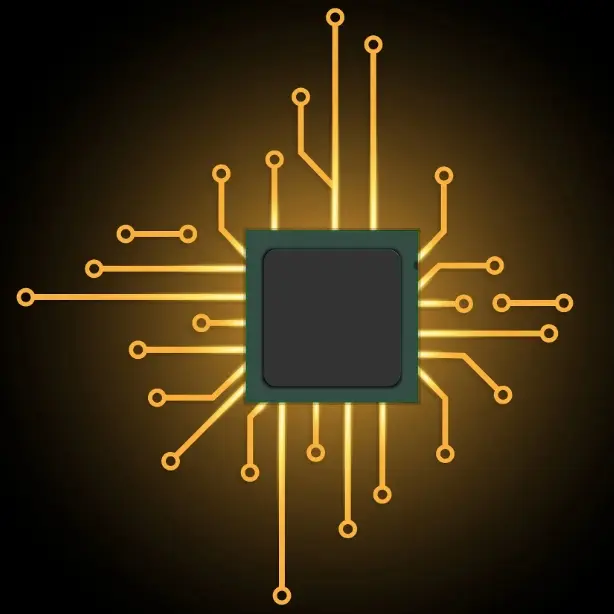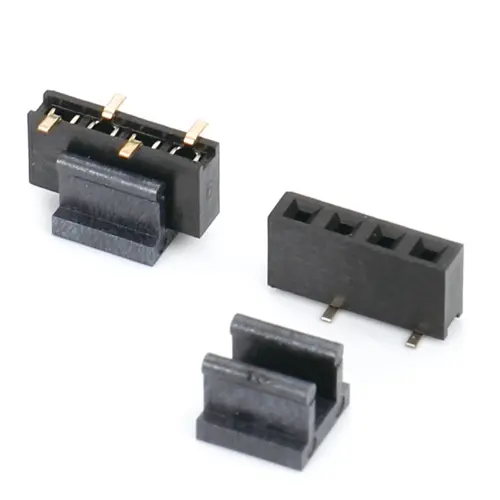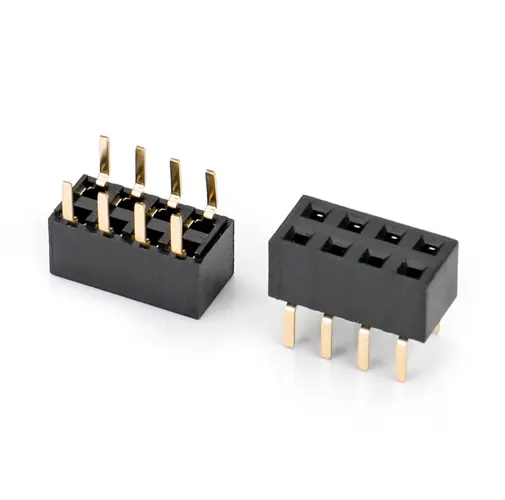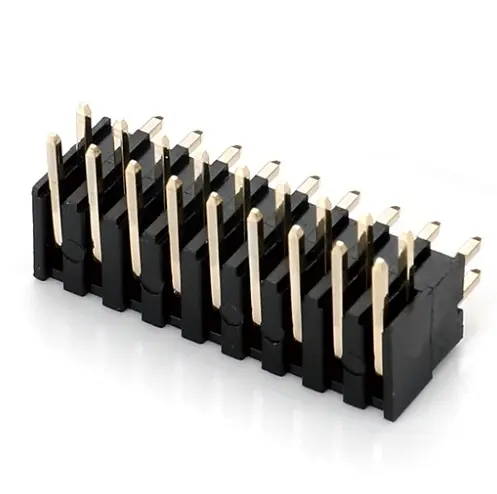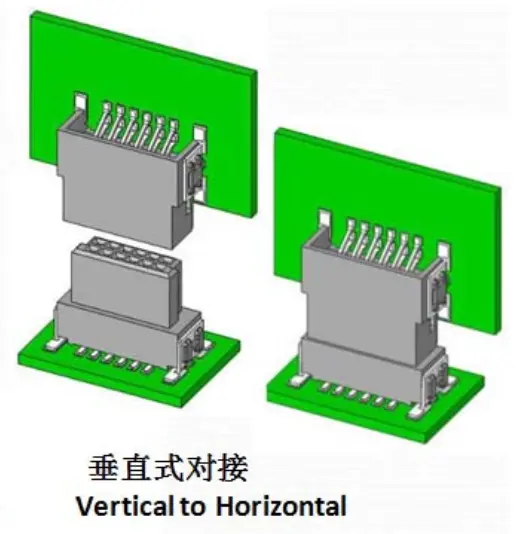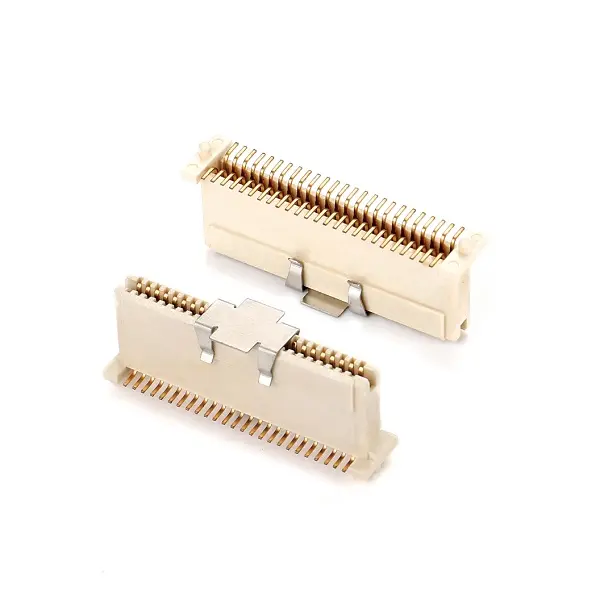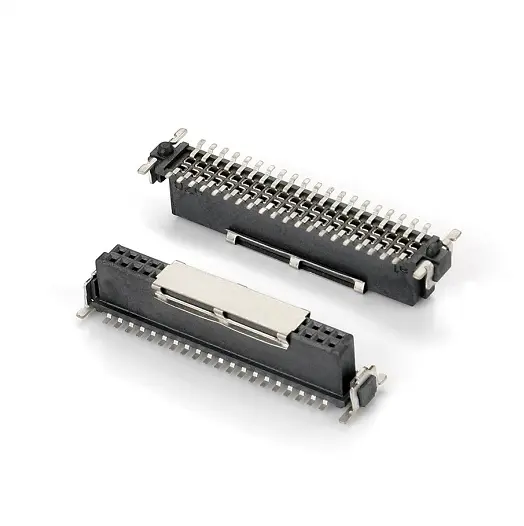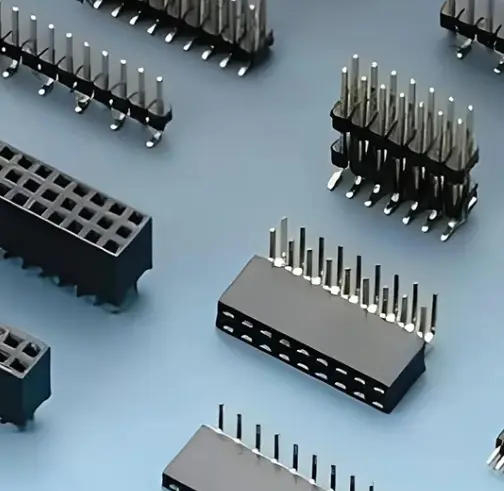What is electroplating?
In simple terms, electroplating refers to the electrolytic reaction in a solution with the help of external direct current to deposit a metal or alloy layer on the surface of a conductor such as a metal.
The so-called electrolytic reaction refers to "the use of impressed current to cause non-spontaneous REDOX reaction".
The surface treated object can be metal (such as steel) or non-metal (such as plastic).
Types of surface treatment:
Plating,Electroplating,Auto-catalytic Plating,Chemical Plating,Electroless Plating,Electroless Plating,Anodizing,Chemical Conversion Coating,Blackening,Phosphating,Chromating,Metal Colouring,Paint Finishing,Hot dip(Galvanizing,Tinning),Physical Vapor Deposition,Vacuum Plating,Ion Plating,Chemical Vapor Deposition...
Procedures of electroplating:
Pretreatment:
Before plating, the surface of the plating, such as grease or dust must be cleaned properly. The pre-treatment stage usually includes the use of preliminary alkaline descaling, electrical descaling and pickling to remove rind and rust, and other surface activation methods. The individual pre-treatment process is designed according to the type of plating and the subsequent plating process. In addition, some plating parts such as aluminum, stainless steel or ABS glue require some special pretreatment.
Hot-dip degreasing:
It is mainly the use of alkali and saponification of saponification oil to remove metal surface dirt and oxides, which must have wetting, penetration, dispersion and emulsification effects.
Commonly used agents: sodium hydroxide, sodium carbonate, sodium bicarbonate, sodium phosphate, trisodium phosphate, sodium pyrophosphate, gluconate and silicate, etc. However, due to environmental problems, the phosphate system will gradually be eliminated. It mainly uses alkaline strength to apply to different substrates.
The so-called interface active agent is the emulsifier, can be divided into cationic, anionic, cationic and non-ionic interface active agent. It should have the effect of dispersion and emulsification, avoid the oil floating on the treated surface, reduce the removal, and reduce the trouble of subsequent washing.
Electrolytic degreasing:
Due to electrolysis, the cathode produces hydrogen to reduce metal (stainless steel plate), and the anode produces oxygen and oxidizes dirt (parts); The gas drives the stirring action and disengages the dirt. The function of lye is to saponify oil. However, the cathode may produce material hydrogenation, the current deviation produces different degreasing effects, and the gas and liquid fog generated at the same time cause public hazards and explosion dangers, which should be considered when using.
At present, hot-dip degreasing and electrolytic degreasing are used together. The quality of electroplating is good or bad, 50% depends on the pre-treatment.
Activation:
General substrate activation is also known as pickling, acid neutralization or etching, depending on the product and material being treated. It can remove the oxide and salt on the metal surface, so that the metal surface is easy to close with the subsequent electroplating metal. However, it is necessary to carefully select the appropriate acid and corrosion inhibitor to avoid excessive erosion of the substrate, resulting in subsequent electroplating problems.
Electroplate:
Electroplating is the process of depositing a thin layer of metal on the surface of the conductor to decorate the plating or prevent rust. Common metal electroplating in Hong Kong includes nickel, copper, brass, chromium, zinc, silver and gold. In addition to electroplating, the common metal surface treatment is electroplating, anodizing and painting.
Copper plating:
Mainly in cyanide bath, sulfuric acid bath and pyrophosphoric acid bath. The cyanide bath is suitable for iron and zinc alloy substrate plating. With suitable gloss agent, smooth gloss coating can be obtained. The coating uniformity is good, the plating solution stability has been used for many years, but the plating solution contains a lot of cyanide high toxicity, high cost of wastewater treatment, in addition to roll plating and pre-plating has been gradually replaced.
Sulfuric acid bath with appropriate additives, high filling and gloss, low cost, easy management, low cost of waste water treatment, has been widely used in circuit boards, decorations, electroforming and other fields.
Pyrophosphoric acid bath with suitable additives. Used in circuit boards. However, the wastewater treatment is troublesome, in addition to zinc alloy bottom plating, to be replaced by sulfuric acid bath.
Nickel plating:
Mainly sulfuric acid bath, Vaz bath as its representative, low cost of plating solution, easy management, widely used in a variety of industrial and decorative purposes, for electronic parts and electroforming requirements, sulfenic acid bath with low stress, high ductility, better sealing and high concentration formula, has partially replaced sulfuric acid bath.
The properties of gloss and flatness of nickel coating mainly depend on nickel additives.
General nickel plating additives can be divided into BRIGHTENER, CARRIER and WETTING agent. The frequency and amount of liquid added depends on the roughness of the substrate, the desired thickness, and the required gloss and flatness. The plating solution should be analyzed and supplemented regularly to maintain the effective concentration of each component in the plating solution to maintain the quality of the coating.
Gild:
Mainly in cyanide bath, divided into alkaline, neutral and acidic. In addition to gold ions (commonly known as gold salt), the plating solution should contain conductive salt, balanced conductive salt (buffer salt), gloss agent; In addition, the gloss agent can be divided into organic and alloy additives.
Gold salt: gold cyanide potassium, to provide a supplement for gold precipitation, so when gold-plated, the anode is usually a blunt anode.
Conductive salt: provides conductive effect in the plating solution.
Balanced conductive salt: to provide acid-base balance in the bath, conductive effect.
Gloss agent (organic) : to provide gloss and flatness.
Gloss agent (alloy) : provides color change, hardness for use.
The homogeneity of alkaline bath is good, and it is not easy to eutectoid with metal-like impurity. The neutral bath can be eutectosed to form alloy coating. Acid bath can also form alloy coating, thick plating, with better sealing property, hardness and wear resistance are excellent, especially suitable for electronic parts requirements.
Postprocessing:
The main work of post-treatment is to dry the plating and make a final inspection. In some cases, the workpiece needs to be transformed or painted after electroplating to provide a protective layer.
Film treatment is also an option to keep the coating resistant to discoloration and erosion from environmental pollution. However, care must be taken to avoid difficulties in subsequent treatment. Many post-processing, must accept salt spray, acid base, high temperature and other tests, especially precious metal products, the requirements are increasingly stringent.
Cleanse:
Cleaning is the most water-intensive procedure in electroplating production. After each plating tank, there is usually a set of washing procedures to prevent plating parts from carrying residual liquid into other procedures and causing contamination.





